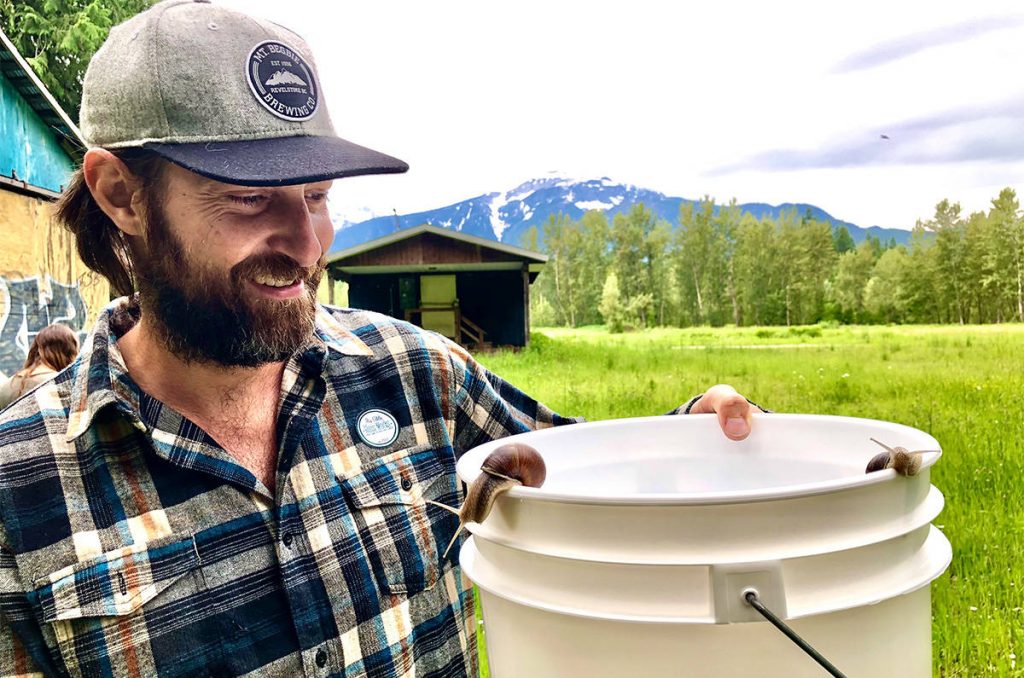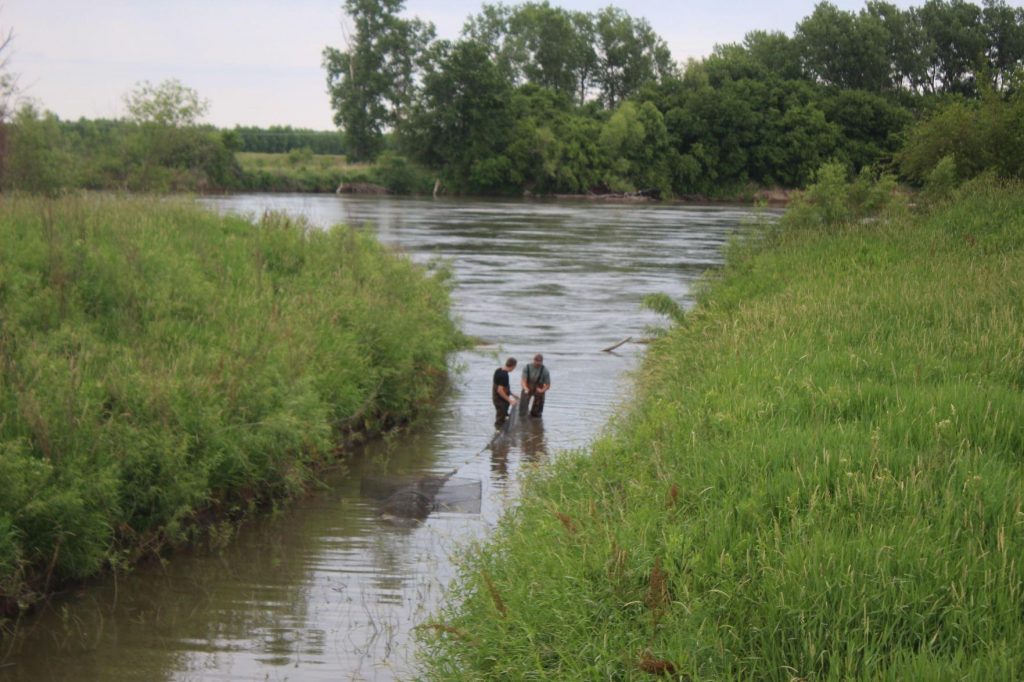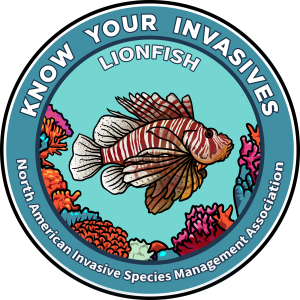The staff and board of the North American Invasive Species Management Association review invasive species headlines each month. This helps us stay on top of trends and further our mission to support, promote, and empower invasive species prevention and management in North America. We then share invasive species news most relevant for people who manage terrestrial and aquatic invasive species across the the United States, Canada, Mexico and the world.
Prevention, Outreach and Education
How Do We Know Which Invasive Plant Pests Will Be the Next Big Threats?
North America — Read on Entomology Today
A summary of early warning systems, a valuable service both to government regulators and to members of the plant protection community who would like to stay informed on invasive plant pests.
New Group Hopes to Eradicate Invasive Plants
Washington — Read on The Reflector
To counteract harmful impacts of noxious weeds, Clark Public Utilities formed a new community group called Weed Watchers as part of the Eradication Nation program. Plant experts will help educate locals about identifying native and invasive plants as well as offer a platform for people to report their findings, Mead said.
Invasive Cuban Treefrogs Were Found This Month in Plants Shipped to Oregon
Oregon — Read on KRDV News
Though wildlife officials are not sure if an invasive Cuban treefrog could survive the entire year in Oregon, it could possibly survive the late spring to early fall timeframe in many parts of the state.

One Way to Deal with Invasive Snails in Revelstoke is… to Eat Them?
British Columbia — Read on Revelstoke Review
It’s unknown how the creature got to Revelstoke, but the province suspects it could have hitched a ride on imported soil or perhaps was intentionally moved or imported to eat, but escaped and multiplied.
New Research
Are Zebra Mussels Eating or Helping Toxic Algae?
Michigan — Read on Science Daily
Researchers discovered during a long-term study that zebra mussels can actually increase Microcystis, a type of phytoplankton known as ‘blue-green algae’ or cyanobacteria, that forms harmful floating blooms.
Evolutionary Change in Protective Plant Odors Help Flora Evade Invasive Species Over Time
Global — Read on Phys.org
“This means that the native plant has a dilemma: if it produces too much odor, it attracts the specialist moth. But if it produces too little, all other herbivorous insect attack the plant,” Vrieling explains. “This is not the case with the invasive ragwort, as the moth is absent in these ranges and generalist herbivores are present.
Invasive Watermilfoil Plant May Be Linked to Dwindling Salmon Population in Lake Sammamish
Washington — Read on The Snoqualmie Valley Record
The team studied open source and peer-reviewed literature on species that were not native to the continent but had caused crop losses to assess the economic impact on yield, management and the cost of research.
Chinese Privet, an Invasive, May Compose 3 Percent of Arkansas’ Forest Biomass
Arkansas — Read on Magnolia Reporter
In a state with more than 17 million forested acres, that’s no small-scale invasion. A June 30 field day will help attendees learn to identify and efficiently remove invasive plants, including Chinese Privet and others.
Invasive Species Alters Marine Community, Interferes in Post-disaster Recovery
North Carolina — Read on Phys.org
Clavelina oblonga, an invasive marine fouling species, not only reduces diversity in communities it invades, it also interferes in their recovery following natural disasters—a process known as “succession.”
Detection, Management and Control
Citizen Science Project: Hunt for Honeysuckle Leaf Blight
Kentucky — Watch on YouTube
Join KY Forest Health in looking for signs of honeysuckle leaf blight, a disease of invasive bush honeysuckle, and report your findings on iNaturalist.
Plastic Rafting: the Invasive Species Hitching a Ride on Ocean Litter
Global — Read on The Guardian
Nearly 300 different non-native species caught a lift across the ocean in what can be thought of as a “mass rafting” event.
Saving a Seabird Paradise From Invasive, Acid Spraying Ants
After combating yellow crazy ants for nearly a decade, U.S. Fish and Wildlife Service volunteers and staff have successfully eradicated the notorious invaders at Johnston Atoll National Wildlife Refuge.
UC Launches WeedCUT, to Manage Invasive Weeds in Wildlands
California — Read on California Ag Today
Cal-IPC and the University of California Statewide
Environmental Firm gets Iowa Tribe BIA Grant for Invasive Species
Kansas and Nebraska — Read the Columbus Telegram

Policy
Hickenlooper, Padilla Introduce Bill to Create New, More Accessible Community Parks
United States — Read on Senate.gov
In May, The Trust for Public Land released a groundbreaking new report, Parks and an Equitable Recovery, that details significant inequities in park space and distribution. Across the 100 most populous U.S. cities, residents of neighborhoods where most people identify as Black, Hispanic and Latinx, Indigenous and Native American, or Asian American and Pacific Islander have access to an average of 44 percent less park space per capita than residents of neighborhoods that are predominantly white.
Reactive and Inconsistent Practices Strengthen Invasive Plants in the US
United States — Read on Phys.org
One of the best tools that invasive-species managers have are prohibited plant lists, which are compiled and maintained by state and county-level officials to prevent intentional introductions of known invasive and weedy plants. Unfortunately, a lack of overall coordination lends a patchwork quality to efforts to control invasive plants.
This subject on invasive plant listings was discussed at the 2020 NAISMA Annual Conference. Hear more cutting-edge invasive species research and initiatives at this year’s conference.
Conversations
Why an Invasive Caterpillar is Munching Its Way Through Tree Leaves, in the Largest Outbreak in Decades
Canada and U.S. — Read on The Conversation
L. dispar can be traced back to one man’s failed business venture, in this case, an attempt to launch a North American silk industry more than a century ago. Although it remains limited to a handful of provinces and U.S. states, the invasive species could spread further with global warming.
Invasive Species Can Sometimes Help an Ecosystem
Hawai’i — Read on Scientific American
There is potential that these introduced birds are substituting for the roles of extinct birds by maintaining seed dispersal and pollination for native plants.



